The Best Duels From The Last Jedi
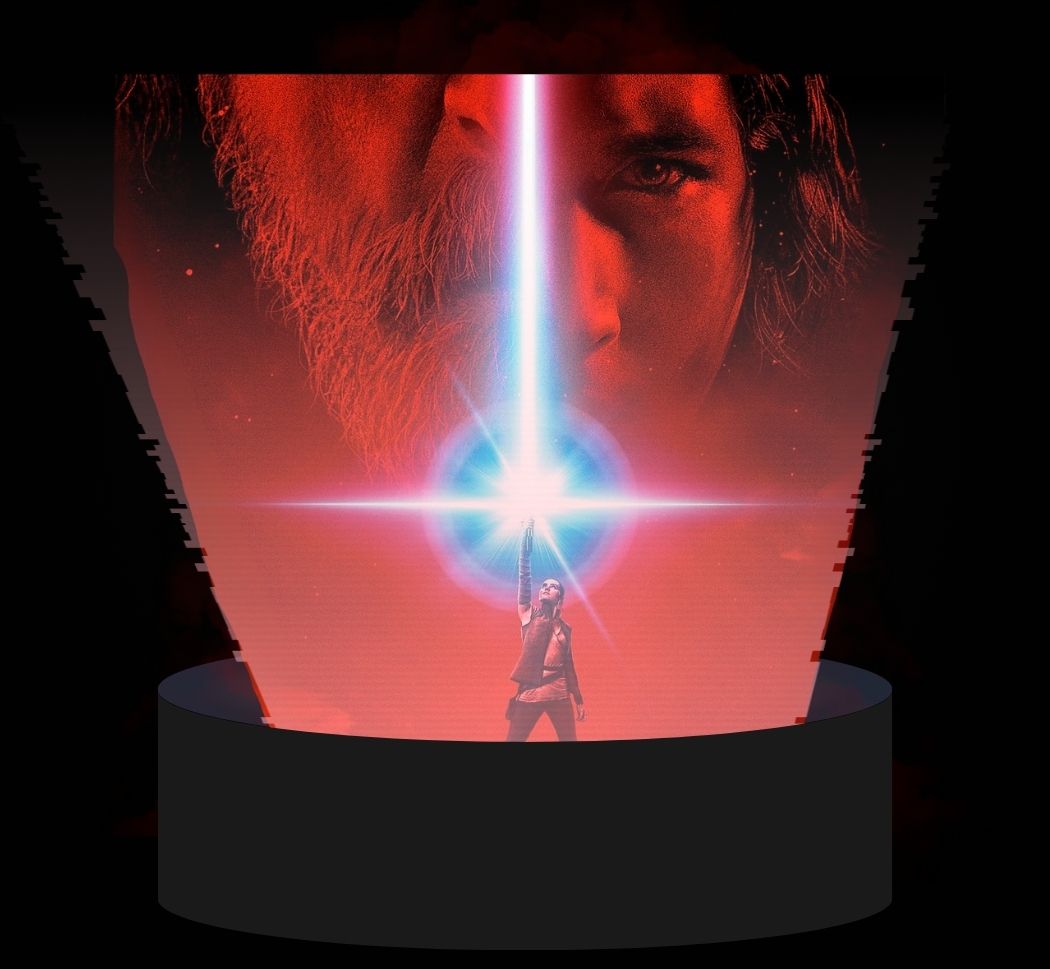
The Last Jedi reimagines what a Star Wars duel can be, blending lightsaber clashes, emotional standoffs, and symbolic battles of identity and ideology. From Rey and Kylo’s team-up to Luke’s non-violent stand on Crait, each confrontation in the film advances the saga’s core themes of legacy, transformation, and the power of choice.
The Best Duels From The Last Jedi
Star Wars: The Last Jedi redefines what a duel can mean in the galaxy far, far away. Under Rian Johnson’s direction, the film turns lightsaber battles and confrontations into arenas not only for physical skill, but for the collision of ideas, destinies, and deeply personal journeys.
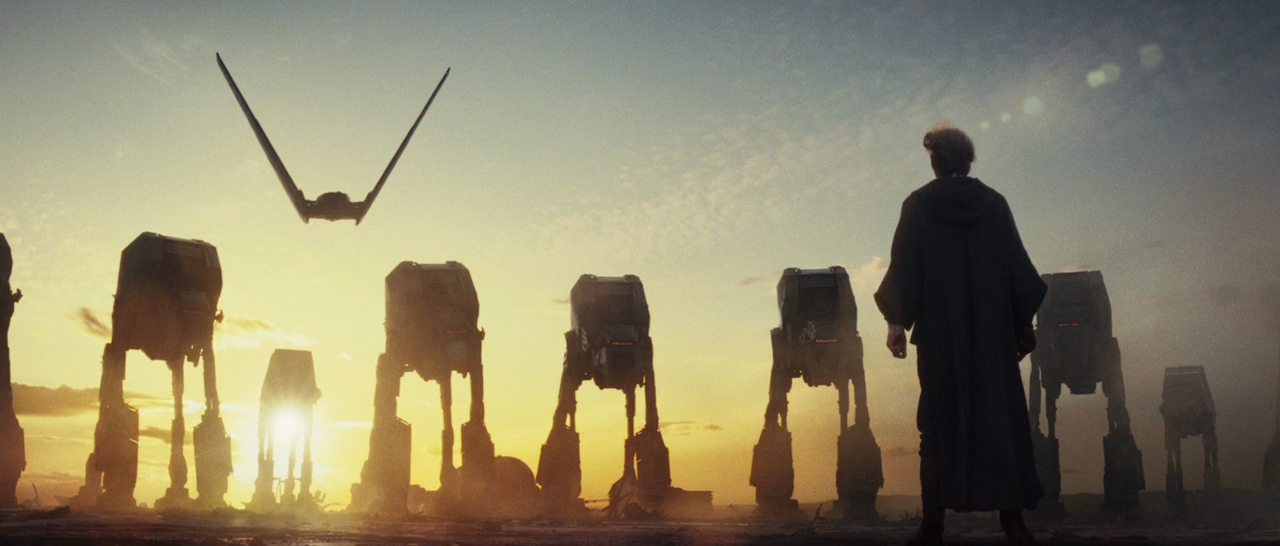
In The Last Jedi, every clash—saber or otherwise—becomes a crucible of self-discovery, echoing the larger spiritual and ideological upheaval rippling through the saga.
Johnson’s approach weaves together rich psychological layers, mythic echoes, and dazzling cinematic artistry.
Here, a duel isn’t always about besting an opponent with raw power; it’s about confronting one’s legacy, challenging tradition, or forging a new path. This list highlights not only the visually spectacular showdowns, but also the subversive and symbolic confrontations that push the very boundaries of what Star Wars conflict can achieve.
Rey and Kylo vs. the Praetorian Guards: A Visceral Alliance
In the wake of Supreme Leader Snoke’s shocking demise, the crimson-draped throne room erupts into chaos, pitting Rey and Kylo Ren against the Praetorian Guards.
This sequence is kinetic, intimate, and utterly breathtaking—a brilliant explosion of color, fire, and choreography. The team-up is as unexpected narratively as it is electrifying visually: two force-wielders, recently at odds, fighting side by side in a desperate struggle for survival.
Beneath the whirling blades and dynamic moves, the duel is seething with subtext. This partnership is not true unity—it’s a temptation, a glimpse of what could be if light and dark aligned, yet fraught with mistrust and diverging aims.
The fight’s most memorable moment—Rey tossing her saber to Kylo for a swift, behind-the-back kill—embodies a fleeting trust and partnership under immense pressure. Their victory is real, but so is the rift that snaps back between them moments later.
Luke Skywalker vs. Kylo Ren: The Illusion That Shook the Galaxy
On the salt-crusted battlefield of Crait, a legend resurfaces as Luke Skywalker confronts his nephew, Kylo Ren, in the film’s climax.
At first glance, this showdown seems like the storied duels of old—but The Last Jedi turns it on its head. Luke, immaculate and untouchable, never attacks; Kylo, frenzied and broken, strikes out of wounded pride and anger.
Only as dust settles do both characters—and the audience—grasp the truth: Luke was never there at all.
This “duel” transcends mere combat. Luke achieves victory not through force or through the sheer domination of his saber, but through pacifism, distraction, and myth-making.
In one sweeping gesture, he redeems his legacy, buys time for the Resistance, and ascends into legend like Obi-Wan before him, but with a twist of non-violence. The result is a confrontation that echoes across the galaxy, reimagining what it means to fight for hope.
Rey vs. Luke Skywalker: Training Turns to Confrontation
On the windswept cliffs of Ahch-To, Rey’s frustration boils over during her “training” with Luke. Haunted by questions and desperate for guidance, she brandishes Luke’s old lightsaber against him in a raw, emotionally charged moment.
While not a formal duel, this standoff pierces to the heart of their pain: Rey’s need for belonging and purpose, Luke’s guilt over his failures as both Jedi and teacher.
The scene’s physicality—awkward, stumbling, forceful—mirrors their inner chaos. Rey’s aggression is not rage, but pleading: she wants answers, not victory. For Luke, this confrontation is a living reminder of his past mistakes with Ben Solo, surfacing deep wounds he’d rather keep buried.
Their clash is not about winning or losing, but about breaking the silence between master and student.
Kylo Ren vs. Supreme Leader Snoke: The Betrayal Without a Duel
Perhaps the most startling “duel” in the film passes with barely a flicker of movement.
Confronted by Supreme Leader Snoke, Kylo Ren submits outwardly—but inside, a tempest brews. Using Snoke’s arrogance against him, Kylo silently manipulates Anakin’s saber, dispatching his master with a silent, ruthless twist of intent.
No blades cross, but the outcome shakes the very core of the First Order.
This moment belongs in any list of great duels, because it is a battle of deception, dominance, and destiny.
Snoke’s death erases the looming mystery box and frees Kylo to seize power—not as apprentice, but as Supreme Leader. That the kill is so effortless, so final, is itself a statement about the shifting rules of power in The Last Jedi’s world.
Finn vs. Captain Phasma: The Last Stand of Bravado
Amid fire, chaos, and collapsing decks aboard the Supremacy, Finn confronts Captain Phasma in their long-awaited rematch.
This is no mere skirmish; it’s Finn’s journey come full circle. Once a frightened stormtrooper, he now embodies courage and defiance, refusing to be diminished or defined by his former commanding officer.
The duel is brutal and cinematic, flames licking their chrome armor and casting flickering reflections of their clash.
Phasma’s fiery fall is as much about symbolism as spectacle: the collapse of rigid hierarchy, the shattering of imposing images. Finn walks away not just victorious, but transformed—a living rejection of the First Order’s oppression.
And Phasma’s sneer, calling him “rebel scum,” lands as a badge of honor—a perfect sendoff for both her and Finn’s arcs.
The Battle of Crait: A Duel of Wills Between the Resistance and the First Order
While not a saber duel, the standoff on Crait is one of strategy, sacrifice, and ideological battle lines. The Resistance, battered and desperate, holds out against the encroaching First Order, displaying heroism in actions both grand and quiet.
Finn’s doomed suicide charge and Poe’s urgent reversal represent a tug-of-war between self-sacrifice and collective hope, demonstrating the complexity of Resistance leadership.
In an echo of saga themes, Rey—a world away—moves mountains, literally. Her lifting of the rocks is both a symbolic and real moment of “awakening,” an answer to Luke’s earlier lessons that the Force is about lifting hope as much as stones.
The entire sequence is a mosaic of choices and wills, each shaping Star Wars’ greater battle between freedom and tyranny.
Luke vs. the Legacy of the Jedi: A Duel with the Past
A deeper duel unfolds on Ahch-To as Luke contemplates burning the ancient Jedi texts and ending the cycle of failure.
Here, the conflict is not with an enemy, but with his own fears and regrets. Just as Luke hesitates, Yoda’s ghost appears, torch in hand, outwitting Luke as only the old master could. This act reframes the struggle—not as a destruction of wisdom but as a necessary rebirth.
Yoda’s famous pronouncement—“We are what they grow beyond”—lands with seismic impact, recasting the Jedi legacy as one not of static dogma, but of growth and teaching.
The real contest here is between preservation and reinvention, and it concludes with the torch passed, wisdom renewed, and the Jedi mythos forever changed.
Rey vs. Herself in the Mirror Cave: The Duel of Identity
Entering the dark side nexus on Ahch-To, Rey descends into the mirror cave seeking truth about her parents—only to be confronted by haunting visions of infinite versions of herself.
The sequence is more psychological than physical, but it is viscerally unsettling, as Rey’s question about her lineage receives its silent answer: she stands alone.
This confrontation is a duel with expectation itself. The implication is clear: Rey’s power does not derive from ancestry, but from her intrinsic worth and choices.
The cave strips her of crutches and delusions, setting her on a path defined by self-acceptance and courage to face the unknown. In doing so, The Last Jedi strips back the mythology and finds strength in radical self-discovery.
Conclusion: The Last Jedi and the Evolution of the Star Wars Duel
The Last Jedi fundamentally reimagines what a Star Wars duel can mean. No longer limited to kinetic saber clashes, conflict radiates into philosophy, psychology, even metaphysics. Each battle—literal or symbolic—drives its characters into deeper waters, asking not just who will win, but what victory truly is.
The film’s duels operate on multiple levels, daring viewers to look beyond action and into the soul of the saga.
Whether celebrated or debated, The Last Jedi’s confrontations endure as some of the boldest and most conceptually layered in franchise history.
They push the tradition of the Star Wars duel forward: now, a blade is as likely to shatter an idea as to vanquish a foe. The result is a tapestry of conflict—personal, mythic, and evolutionary—that enriches the galaxy’s timeless struggle between hope and fear.









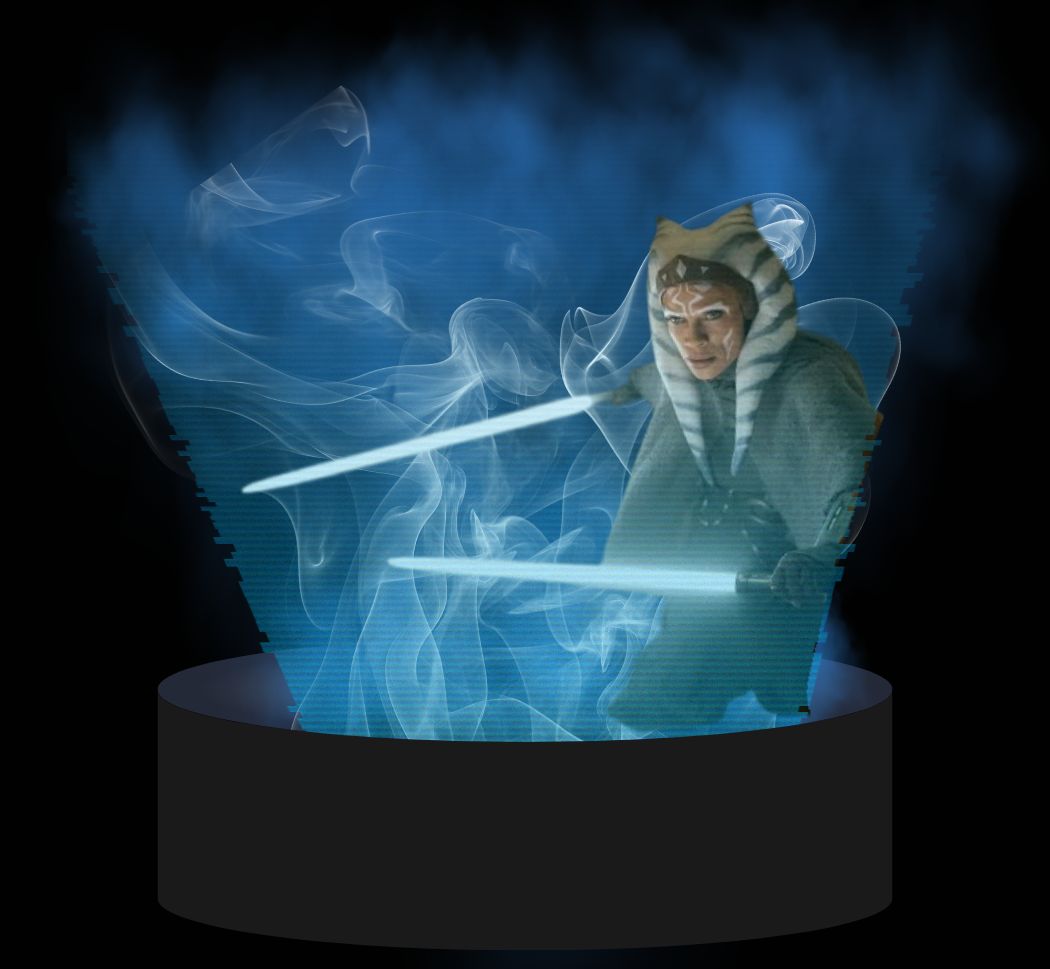
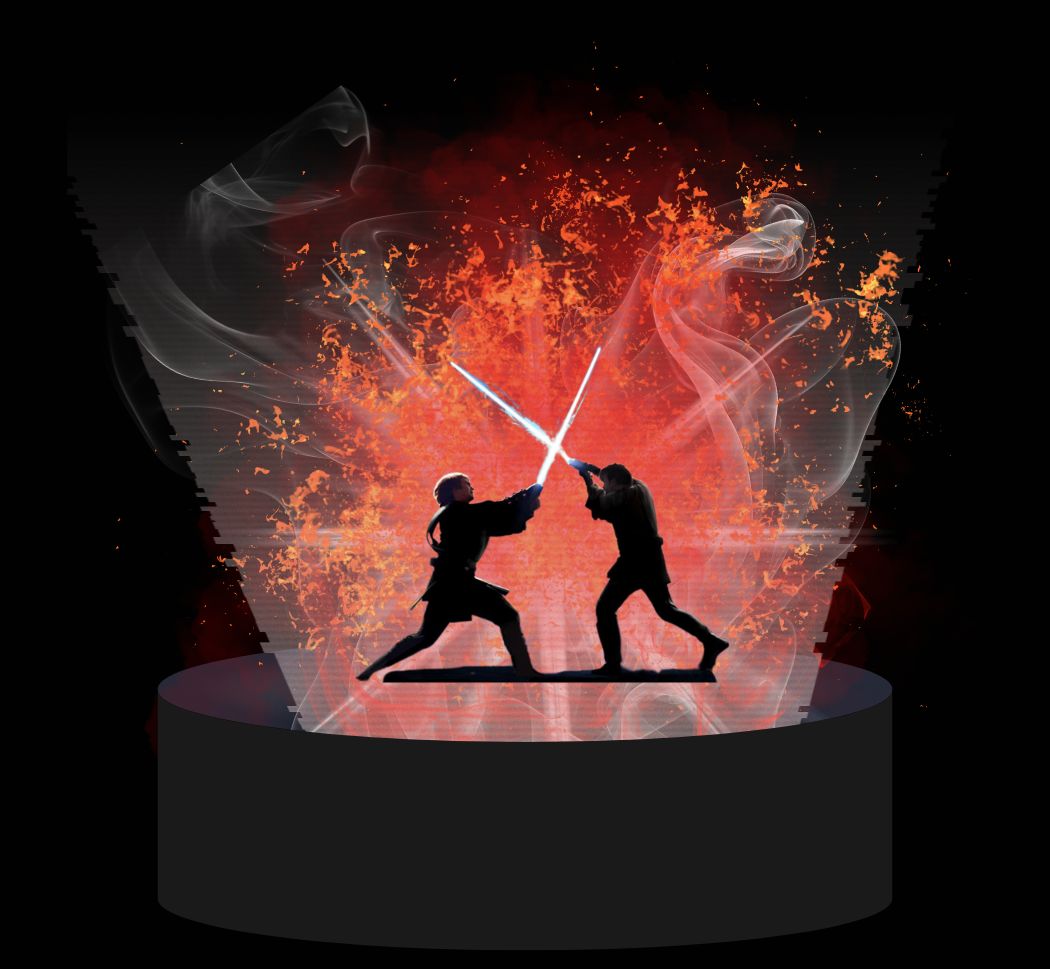
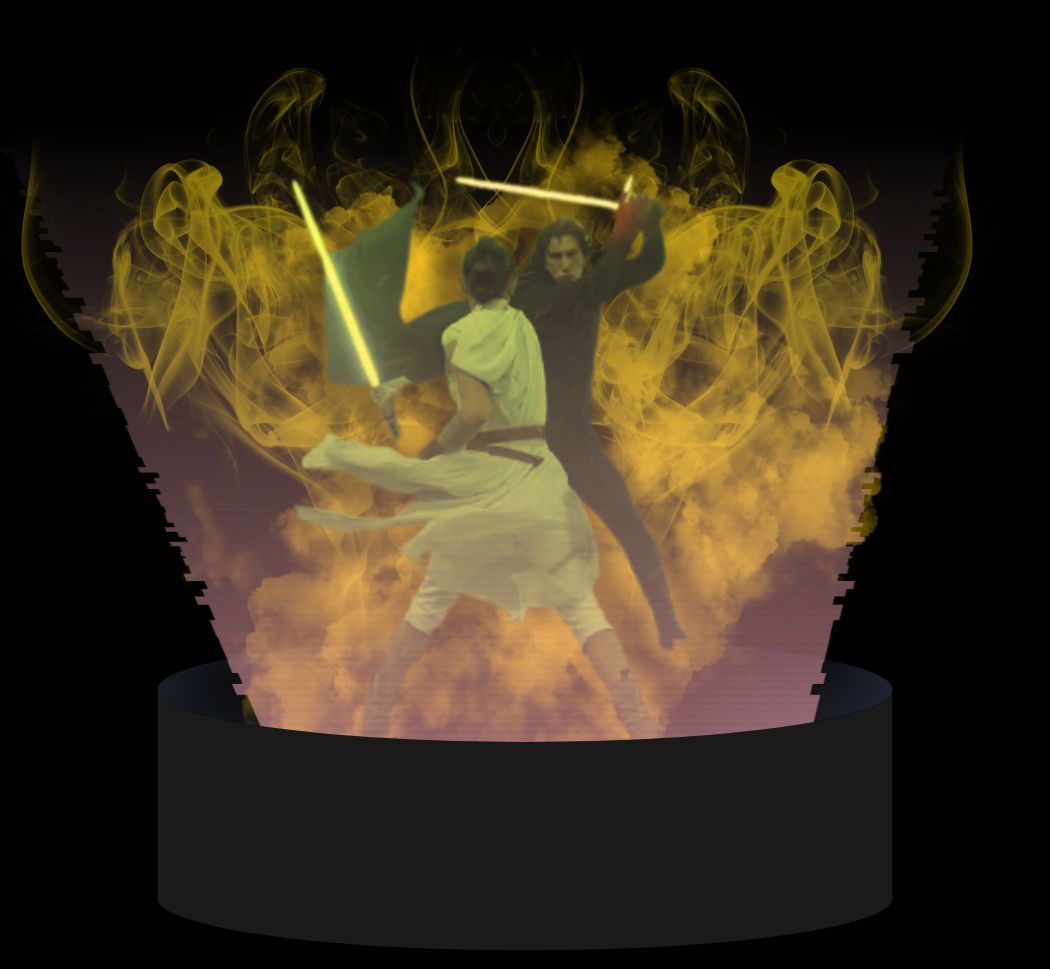
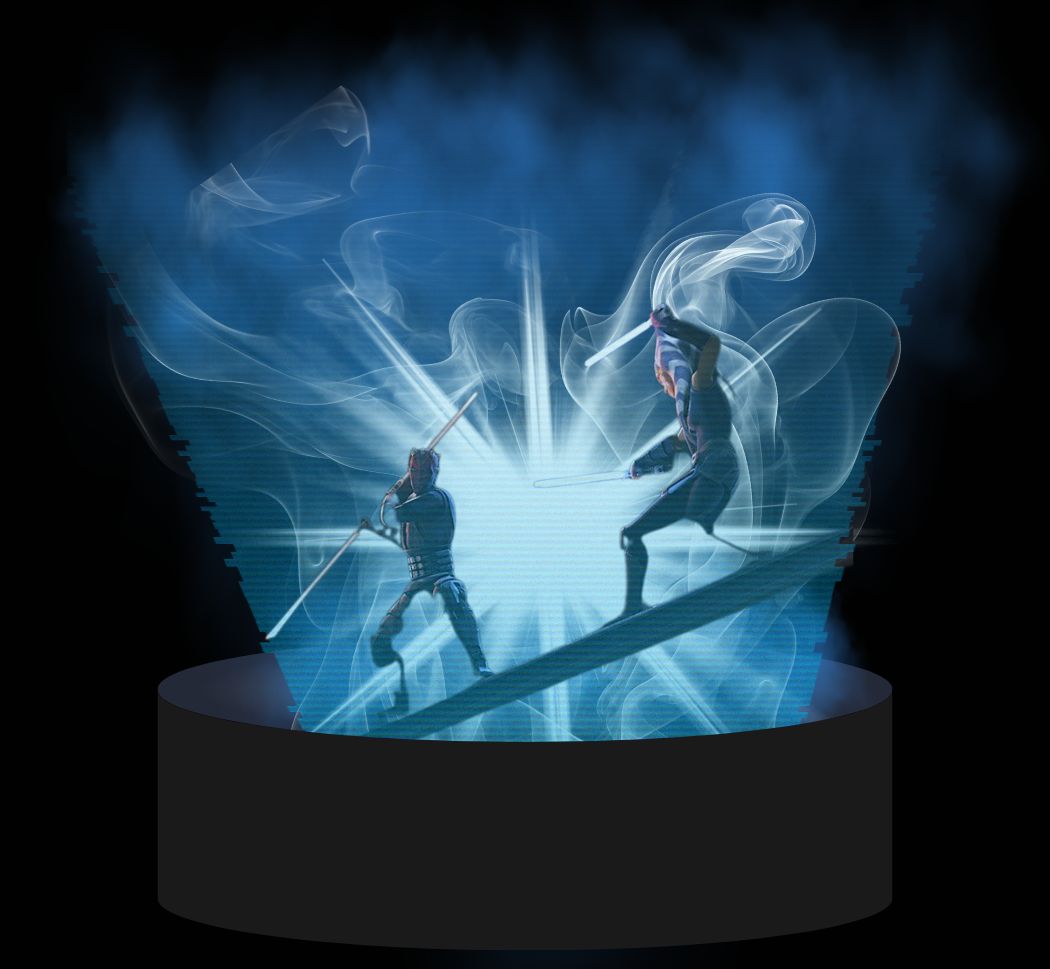
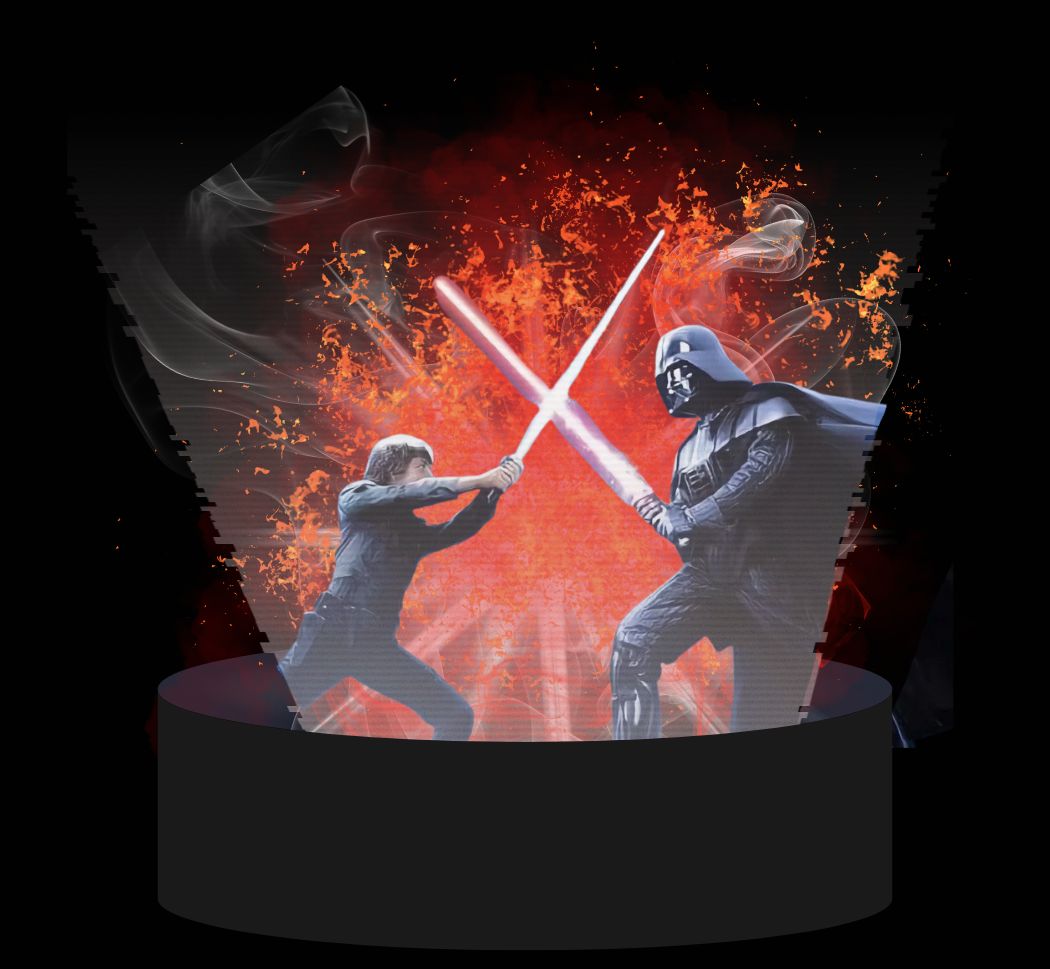
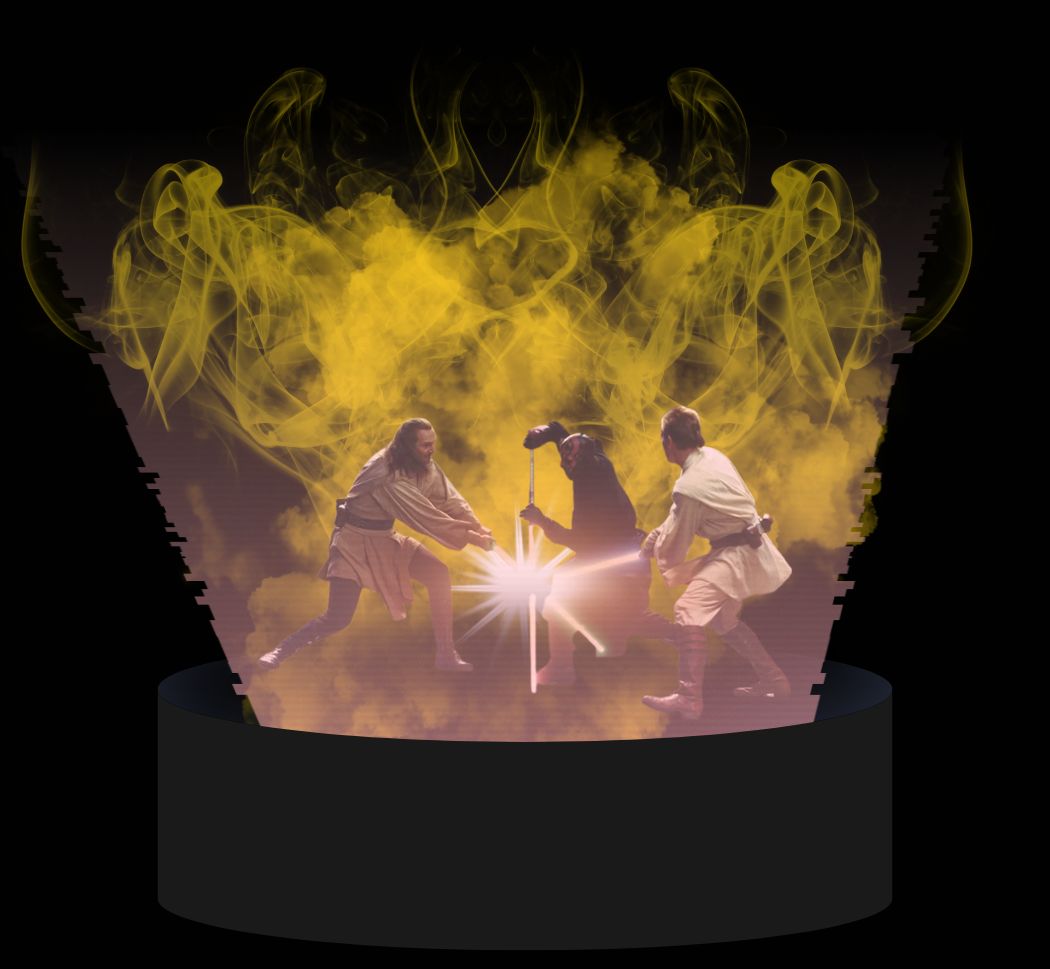
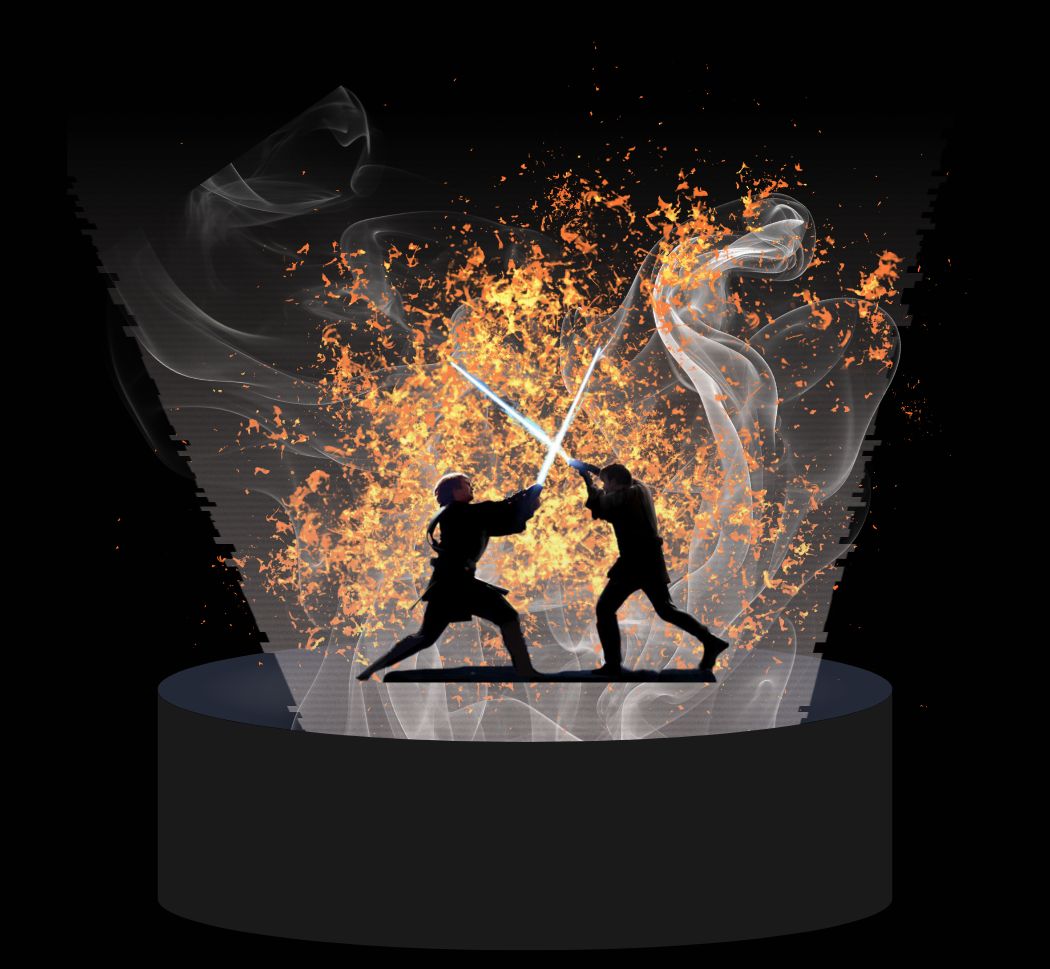

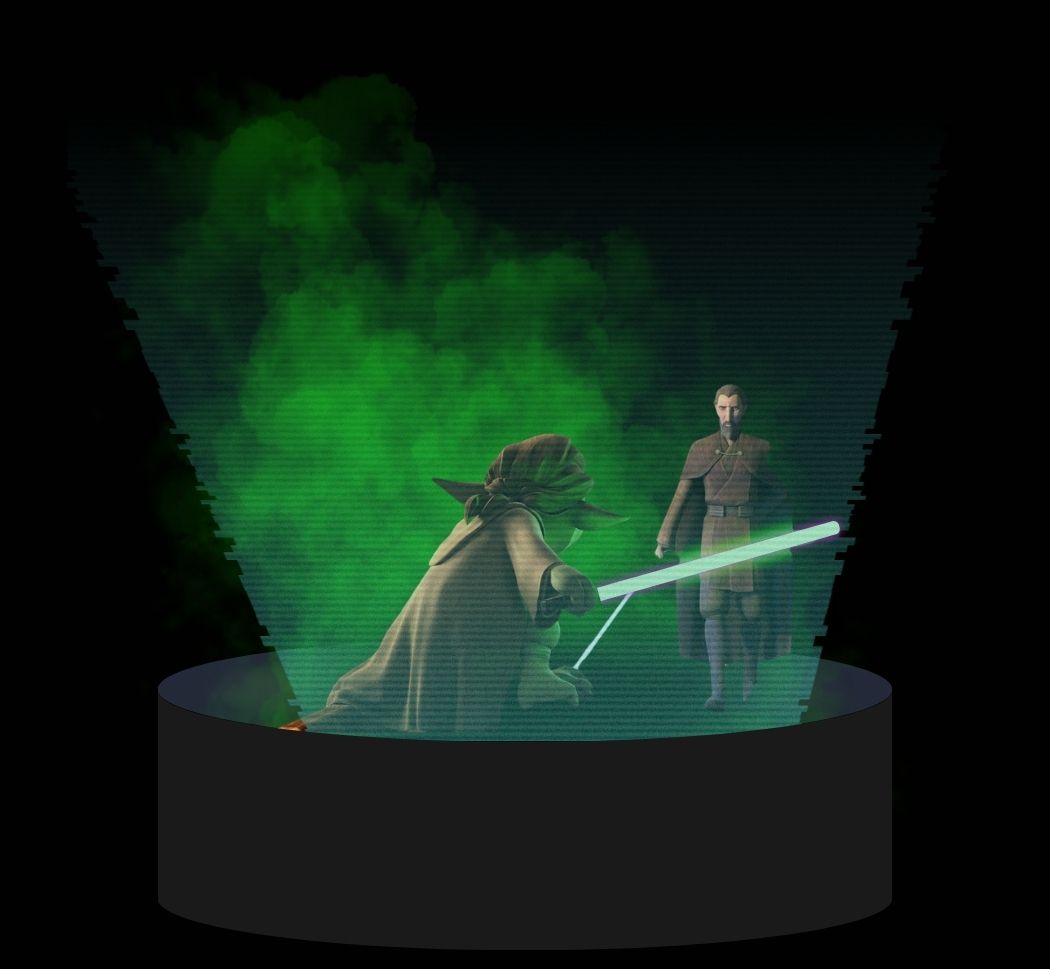




.jpg)
